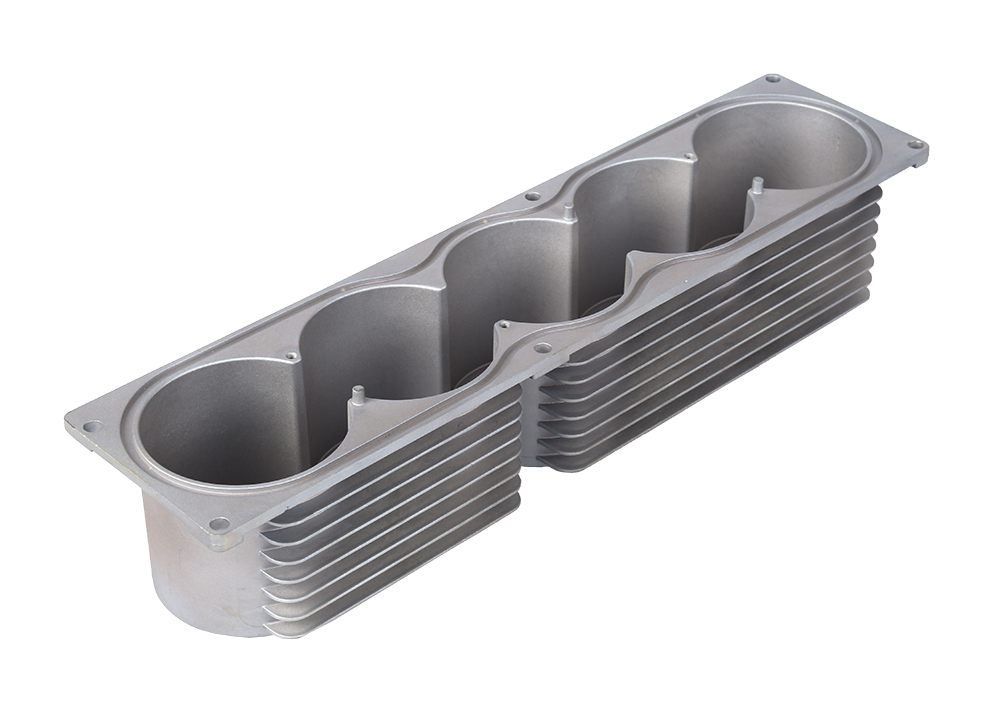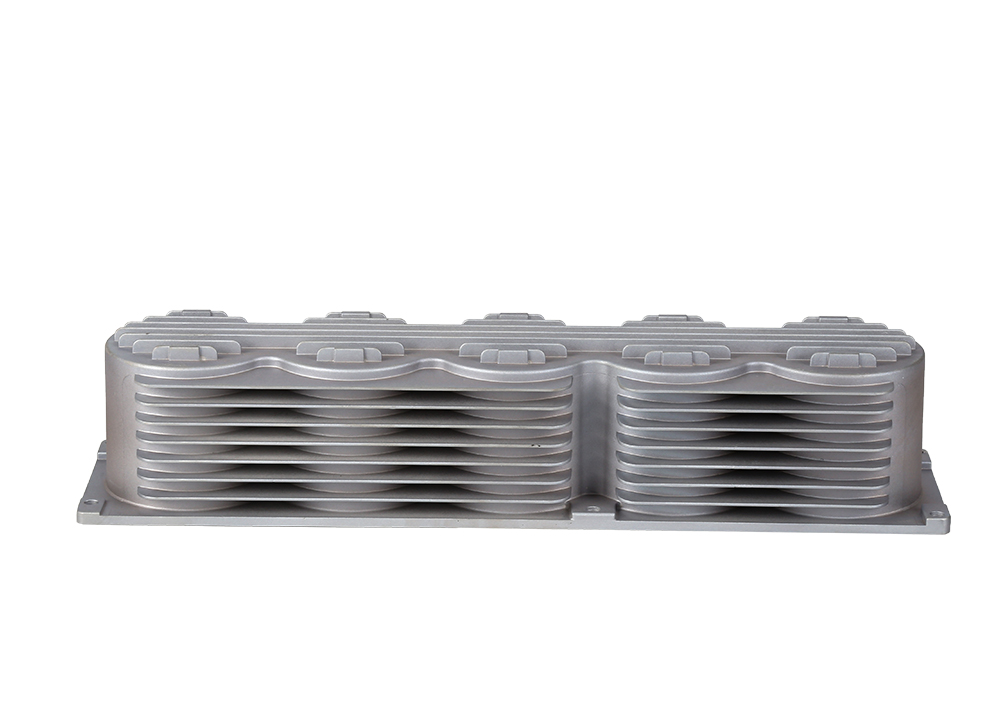Time:2022-12-02 Preview:
Die casting technology has been widely used in the field of machinery manufacturing, among which metal die casting is the most widely used.

Hardware die-casting has obvious characteristics. The cooling speed of aluminum liquid is fast, which has a strong chilling effect on metal die castings. The casting has fine grains, dense structure, high comprehensive mechanical properties, accurate size and smooth surface, which improves the quality and reduces the uncertainty affecting the casting quality, and is especially suitable for batch production. Good structure can reduce machining allowance and riser size. Compared with other die castings, the process yield and billet utilization rate are improved, and the casting cost is relatively reduced. Hardware still has unique advantages and occupies a certain position due to its flexibility, versatility and low cost.

Hardware has high thermal conductivity and small volume heat capacity. In the process of flowing, the temperature of molten metal will drop rapidly. Molten aluminum is active, easily inhaled and oxidized. If the oxide film formed on the surface is always intact during casting, it will protect the molten aluminum below from secondary oxidation. If the casting is unstable or unstable, the oxide film will be damaged, and the oxide slag on the surface will be involved in the aluminum liquid below. It is difficult to float to the surface again, and it is also difficult for various gases to float to the surface. Due to the similar density of aluminum and aluminum oxide, the casting has high slag inclusion and shrinkage, and is prone to casting defects such as shrinkage cavity, pinhole, slag inclusion, etc.
In actual production, it is difficult to organically combine the advantages of traditional metal gravity gating system. If the filling stability (bottom injection) is emphasized, the reasonable cavity heat distribution cannot be obtained; It is emphasized that reasonable cavity heat distribution (top pouring) will lose pouring stability. Therefore, the traditional metal mold gravity casting process has a long history of low yield and billet utilization.
 Related News
Related News·Reasons for poor powder spraying effect of hardware · Characteristics of modern mechanical manufacturing processes and precision machining technologies ·The characteristics of CNC processing technology ·How to reduce the noise of precision part processing manufacturers? ·Machining center control system ·Tool setting and tool changing for machining center processing · How to improve the accuracy of CNC machining center machine tools ·There are several processing methods for connecting network switches ·CNC machine tool processing core bearing bearing is the column type as the core ·How much do you know about aluminum profile processing?


